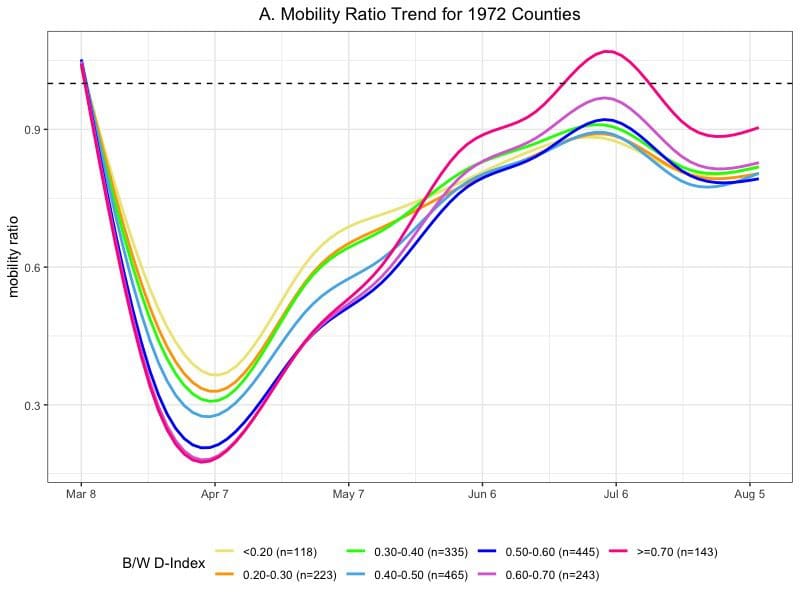
Specific Aims
The unmet need between infected people with severe symptoms and hospital beds is a top concern of pandemics. Most projections of unmet need with respect to COVID-19 thus far have relied on the age structure and hospital capacity in local areas. Studies like those could be better understood in population-based and social science perspectives. We develop a framework drawing on social science theories of health disparities and lessons from past pandemics to advance our understand the spatial and temporal distribution of unmet need. This proposed research has two specific aims that will lead to swift empirical results for policy-making.
Aim 1. Describe the temporal and spatial unmet need related to COVID-19 by demographics, SES, local policy action, and community resilience across counties in the U.S. from January 22, 2020 onward, in real-time.
Aim 2. The conditional unmet need is the difference between the predicted infected people with severe symptoms using an epidemiology model and the predicted hospital beds using a health disparity model. We hypothesize that local policy action and its fidelity and community resilience via informal social control are critical factors that potentially confound with demographics (age, sex, race-ethnicity, nativity), SES (education, occupation, income, saving, unemployment, housing conditions), and preexisting health disparities.
